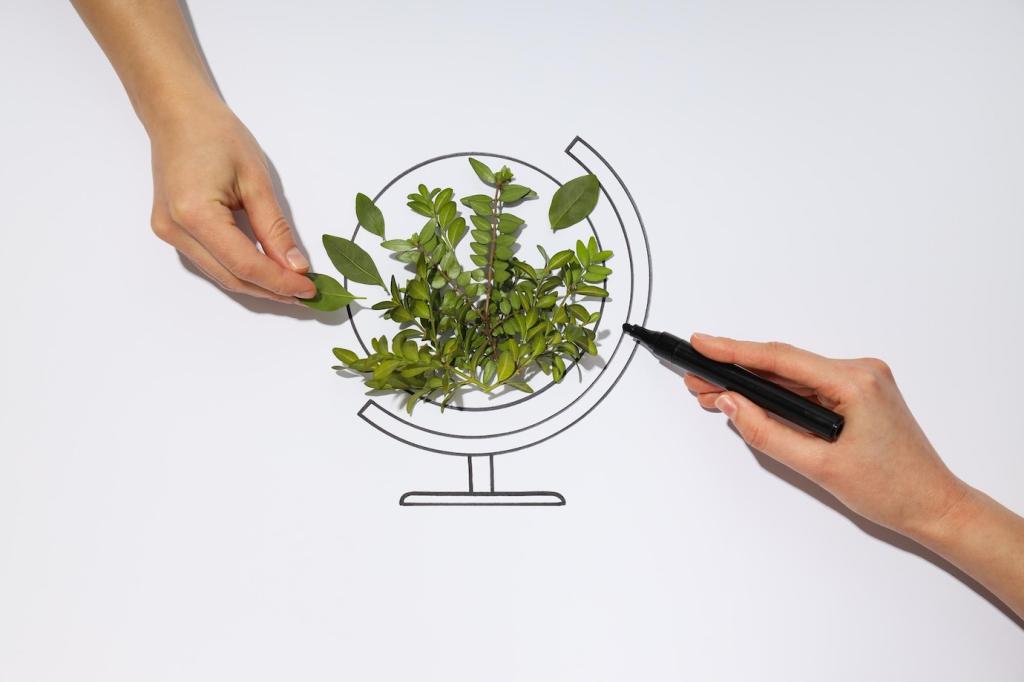Safety, Storage, and Sustainability
For butcher blocks and wooden spoons, choose food-safe mineral oil, beeswax, and a touch of carnauba for durability. Avoid essential oils on utensils unless explicitly food-safe. Warm the board slightly before applying to improve absorption. Tell us which blend kept your cutting board from drying out between washings.
Safety, Storage, and Sustainability
Plant oils can turn rancid over time. Mix small batches, store in dark glass, and add a drop of vitamin E as an antioxidant. Label jars with dates and ingredients. If the scent changes, discard. Share your storage hacks, from cool cellars to repurposed tins, to help fellow readers keep polishes fresh.





